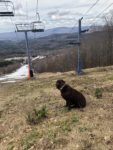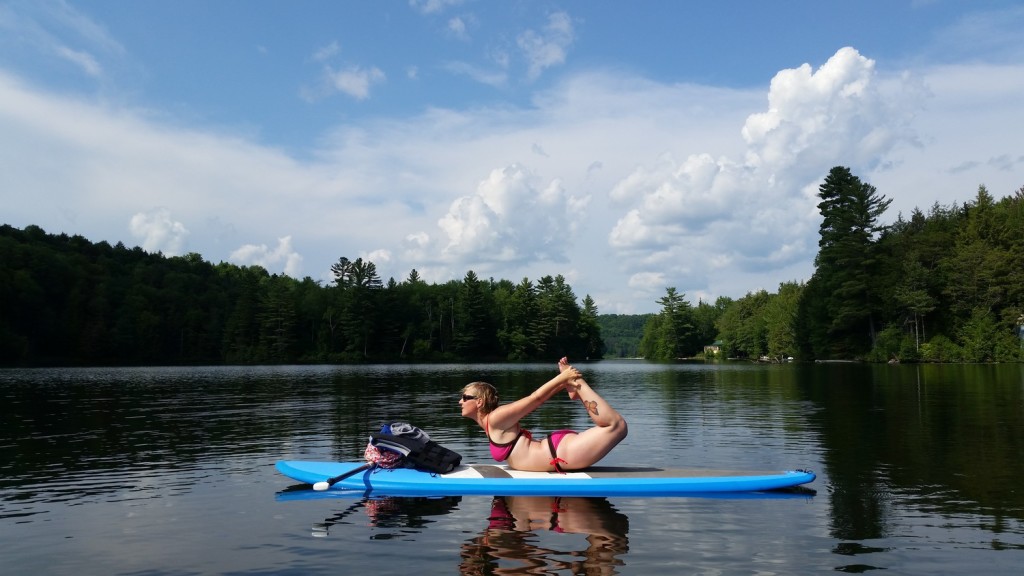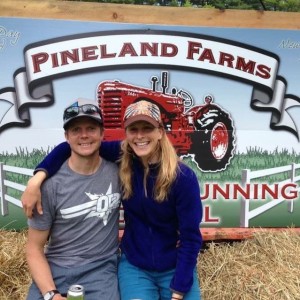
“May you experience each day as a sacred gift woven around the heart of wonder.” John O’Donohue
OUTDOORS
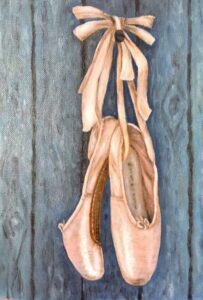 For three decades my habitat was a studio. Not just any studio, mind you, but two distinctly different and amazing studios. First, there was the studio in Baltimore. I began ballet lessons with the reigning royalty of classical ballet, Carol Lynn, way way back when I was just 4 years old. Miss Lynn’s kingdom was the huge ground level studio in the Peabody Conservatory of Music, Dance Department. Miss Lynn was respected far and wide as a leading expert and to study with her was deemed a privilege. The studio space was from another epoch. Gorgeous, worn wooden floors vibrated with the energy of movement over a century. Three story high windows needed to be raised and lowered with a 20-foot-long pole – or longer, I can’t really remember. Needless to say, the ceiling was waaaaaay up there. Massive mirrors covered one entire wall. A balcony lined another wall for visitors and critics. A graduate student from the Conservatory piano department accompanied classes on the baby grand in the corner. One door led to an open marble hallway and another to dressing rooms that in turn led to a courtyard. It was magical. I left this studio in my early teens to study in NYC where another old and fabulously worn studio became my home.
For three decades my habitat was a studio. Not just any studio, mind you, but two distinctly different and amazing studios. First, there was the studio in Baltimore. I began ballet lessons with the reigning royalty of classical ballet, Carol Lynn, way way back when I was just 4 years old. Miss Lynn’s kingdom was the huge ground level studio in the Peabody Conservatory of Music, Dance Department. Miss Lynn was respected far and wide as a leading expert and to study with her was deemed a privilege. The studio space was from another epoch. Gorgeous, worn wooden floors vibrated with the energy of movement over a century. Three story high windows needed to be raised and lowered with a 20-foot-long pole – or longer, I can’t really remember. Needless to say, the ceiling was waaaaaay up there. Massive mirrors covered one entire wall. A balcony lined another wall for visitors and critics. A graduate student from the Conservatory piano department accompanied classes on the baby grand in the corner. One door led to an open marble hallway and another to dressing rooms that in turn led to a courtyard. It was magical. I left this studio in my early teens to study in NYC where another old and fabulously worn studio became my home.
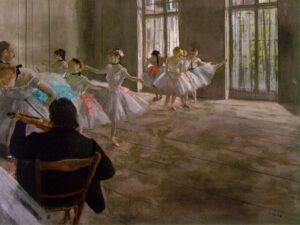
An old school ballet studio as Edward Degas saw it
I had been accepted as a working student and was mentored by the incomparable Margaret Craske, literally world renowned as a teacher and ballet mistress to the Royal Ballet of England, personal coach to Margot Fonteyn and Rudolph Nureyev when he defected from Russia, and later as teacher and coach to the Metropolitan Opera Ballet and others in the U.S. The old Met studio was definitely a Phantom of the Opera setting! It was even more abused than the studio in Baltimore but reeked of ballet and opera history. Any hour of the day or night, it seemed, there was always something going on from classes to rehearsals to ballet to opera to set design, and so on. Children in the school delighted in appearing in operas that called for them while dancers in the company showed up reluctantly at 10 a.m. for professional class and singers straggled in late afternoon to move clumsily through some type of choreography for whatever opera was being rehearsed at the time. After a rickety ride up an old elevator, we would wind along back halls and climb up to a creaky catwalk along one side of the studio, headed to the dressing room and trying not to make a sound that would inevitably illicit a frown from below.

The “old” Metropolitan Opera House where I had the privilege of performing as a young teen.
My early years of “outdoors” were spent primarily at a stable in the few hours I had outside the Peabody. My other passion was horses, but it had been predetermined that I would become a ballet dancer. My mother had been a singer and had sung at the Met so I was destined to follow, one way or another. Later I walked the streets of NYC as I hurried from residence to studio and back again.
Fast forward. Ultimately I returned to Baltimore where I replaced the retired Miss Lynn and the Peabody studio became my domain. I became a college student at Johns Hopkins University where I also taught and later I transitioned to the gym. When it was time to move on, I did. I trained and taught and made my way through parenting and aerobics, from personal training to Yoga.
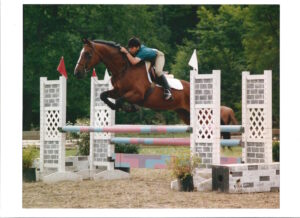
Outdoor hours spent at horse shows – here Teague and Ernie compete during Vermont Summer Festival.
Later, in Vermont, I had horses and skiing and soccer and all the wonderful things that we enable here in this beautiful state. But, even though I mucked stalls early in the morning and exercised my horses regularly, I never really did think of it as being, well, the “outdoors.” It was simply where I did what I needed to do.

Sunset at Lookout Point, Maine
Over the years, running, cycling, and oh so much driving, the outdoors always remained simply a place in which my activities occurred. Fast forward again. For a few summers I had the good fortune to spend a month on the coast of Maine where I watched the sun rise from my deck and crossed to the other side of the peninsula to watch it drop below the horizon across a cove. Sunrise and sunset bookended days that began to embrace the outdoors as more than simply space. Relaxed walks on trails, meanderings along the coast, awakened a sense of pleasure before unknown. And then came Sophie. My amazing chocolate Labrador Retriever did the trick. I traded driven goals for pleasant outings. I left the world of road cycling to hike the steeps of Vermont and New Hampshire, always with my beloved dog. I learned that to breathe in fresh air, to pause to look at tiny snapshots of nature, and to stand in stillness to honor grand vistas, was good for the fitness that I now teach – physical, mental, emotional and spiritual.
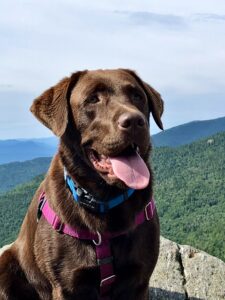
sophie
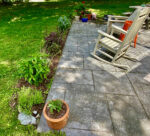
morning coffee in the all-too-short Vermont summer
Today, thanks to my faithful companion, I live in a home of peace, harmony and beauty. There is no questioning – it’s out the door first thing every morning or I will be reminded that someone needs to go into the woods! In the summer I enjoy my coffee on the patio before I begin my work for the day; and in the winter I love to watch the moon rise over the mountains spilling light on snow-blanketed terrain.
 Though I continue to teach and write, and though I continue to spend hours each day in physical activity, I now do so with the constant reminder of the outdoors connection. Possibly, it is why we live in Vermont. The outdoors is safe. The outdoors is clean. The outdoors is free.
Though I continue to teach and write, and though I continue to spend hours each day in physical activity, I now do so with the constant reminder of the outdoors connection. Possibly, it is why we live in Vermont. The outdoors is safe. The outdoors is clean. The outdoors is free.
City dwellers – I know you are both privileged and neglected – been there, done that. With luck you may enjoy “my” outdoors on weekends or vacations. But, as much science is revealing, even opening a window or putting green plants in our homes, can be helpful. I urge us all to consider moving what we can to the outdoors or bring what we can of the outdoors to us. As the world addresses environment, may we all make the available environment a significant component of our habitat – the habitat in which we live and work and play and grow and love.

photo courtesy of Jim Heins

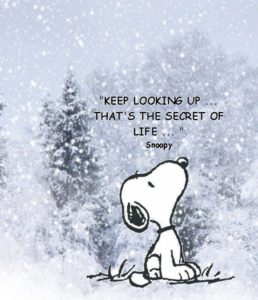

 drives many minutes of each day. It is motivation that underpins major chunks of enthusiasm, fuels the determination to persevere, and keeps one moving on a forward path professionally, personally and simply in being alive.
drives many minutes of each day. It is motivation that underpins major chunks of enthusiasm, fuels the determination to persevere, and keeps one moving on a forward path professionally, personally and simply in being alive.
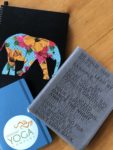 On a personal note, I found myself slipping from some of the structured practices that I know benefit my day. Early morning journaling and meditation was being lost in a few minutes of extra sleep, at home Yoga practice was giving way to lethargy, outings in the woods with my pup were abandoned. Of course, there is solid reasoning behind this – I need that sleep or the woods are just too wet and messy right now. (Besides, the bears are waking up and they’re hungry!)
On a personal note, I found myself slipping from some of the structured practices that I know benefit my day. Early morning journaling and meditation was being lost in a few minutes of extra sleep, at home Yoga practice was giving way to lethargy, outings in the woods with my pup were abandoned. Of course, there is solid reasoning behind this – I need that sleep or the woods are just too wet and messy right now. (Besides, the bears are waking up and they’re hungry!)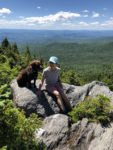 Because one of my goals is to be ready to hike when Vermont trails open again the end of May, I need to build strength and endurance now. Much to the delight of my dog, we are leash walking dirt roads a minimum of 3 miles a day, adding ½ mile to our one weekly long walk which should give us at least 10 miles by the time the hikes begin, adding at least one straight up climb each week (useful to live near a ski area that is closed for the season), and, for fun and mental flexibility, daily making sure to have plenty of off-leash ball play and some agility drills for both of us.itself.
Because one of my goals is to be ready to hike when Vermont trails open again the end of May, I need to build strength and endurance now. Much to the delight of my dog, we are leash walking dirt roads a minimum of 3 miles a day, adding ½ mile to our one weekly long walk which should give us at least 10 miles by the time the hikes begin, adding at least one straight up climb each week (useful to live near a ski area that is closed for the season), and, for fun and mental flexibility, daily making sure to have plenty of off-leash ball play and some agility drills for both of us.itself.